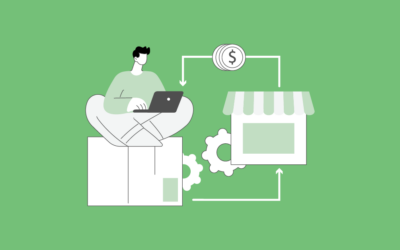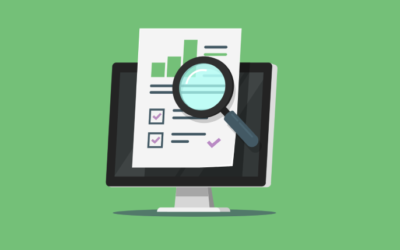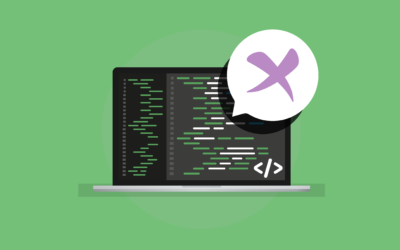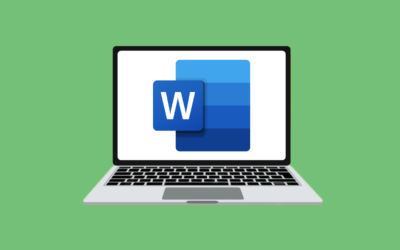Automating Success in Accounting and Finance
Automating Success in Accounting and Finance
Precision is paramount when it comes to the Accounting and Finance fields. Even the smallest error can mean huge losses, especially to reputation. Up-to-date information, transparency, and security are mandatory prerequisites for success, especially when considering an Automated Document Management tool.
Statements
Whether you are an inhouse team or a firm, preparing financial statements is a routine but essential function. The structure of statements rarely changes, and creating one really amounts to data entry, which may be augmented with automated calculation features. Use of standardized formatting ensures that statements are always created with a professional and consistent look.
Automations built into statements can automatically draft ancillary documents and appendices depending on the statement information. Should a certain asset type require a particular form, conditional logic will automatically create that form, and automatically populate it. Time is saved, and the risk of a person using the incorrect form is greatly removed.
Functions like data Import From Sheets make it possible to automatically populate statements with information that has already been captured in a spreadsheet report. Again, time is saved, as information doesn’t need to be entered once in the report and again in the statement, and there is the secondary benefit of ensuring that the information entered is correct, as the risk of human error is eliminated.
Easier Collaboration and Customer Engagement
Once financial statements, and other types of deliverables are drafted, they often need to go through internal review. Automated Workflows and Approvals can ensure that the internal review process is streamlined, and Reminder Notifications can keep a schedule of when deliverables are due.
Other forms of engagement may include soliciting information from customers, for example, mortgage applications. Automated questionnaires, made available via secure URL link, or shared through specially created customer portals, let applicants complete applications online. Notes, and Instructions can help guide the applicants through the process. Initial drafts of any necessary documents are created in real time, and can be made visible to applicants or made to remain hidden.
Automatic updates, Security, Compliance
Confidentiality, compliance, and privacy, are all integral to the financial and accounting services. Ensuring on a case-by-case basis that there is language that meets obligations under Sarbanes-Oxley, LIBOR, latest SEC regulations, can be both time consuming and expensive. A good Automated Document drafting tool employs Template Version Control, ensuring that, once the required regulatory language is updated in the template, all the documents drafting from that template, including those still not finalized, are also updated.
Flexible, but robust Security Permissions allow sensitive information to be saved in a single database, but with flexible levels of security ensuring that confidential information stays that way. Audit trails promote transparency by tracking all actions made to a statement or any underlying documents.
Data anonymization features also ensure that accounting firms stay compliant.
The Accounting, Tax, and Financial Services industries value accuracy, efficiency, and promptness. It is clear that an automated document management solution that drafts documents quickly while reducing exposure to risk, is the must-have tool in order to rise above the competition.
More Weekly Articles



















